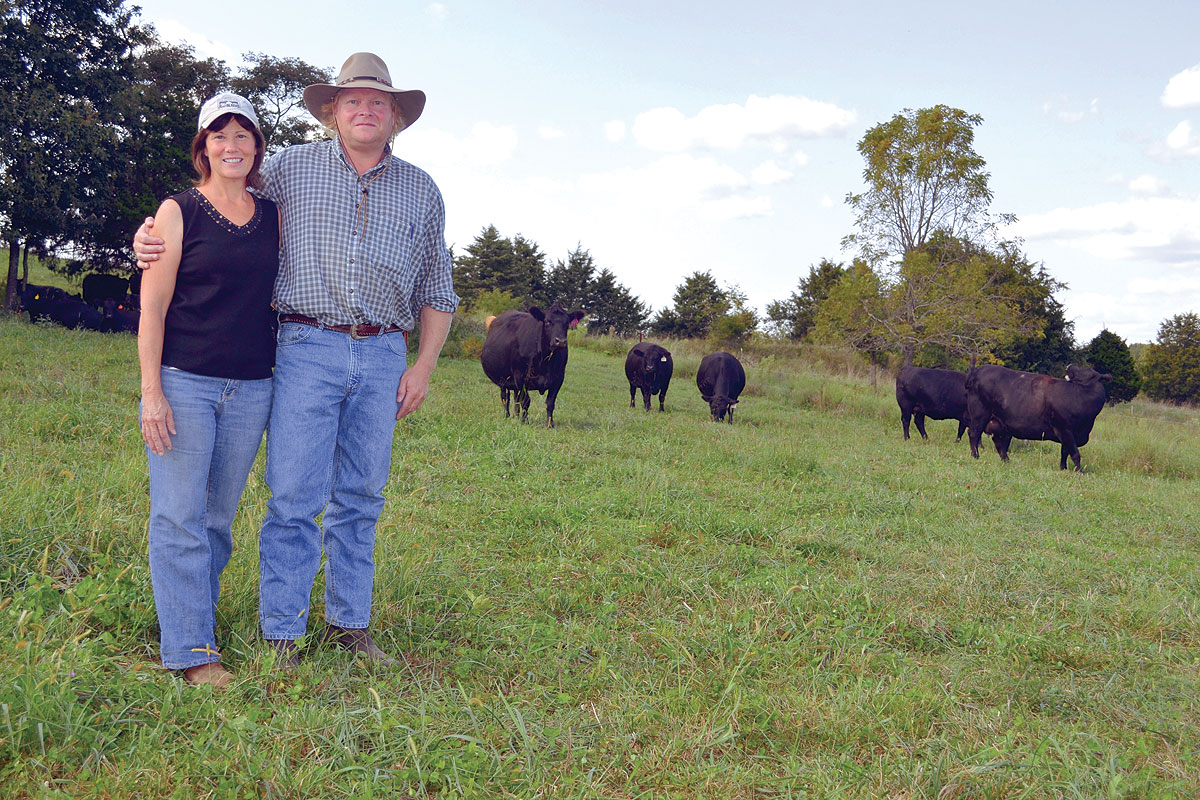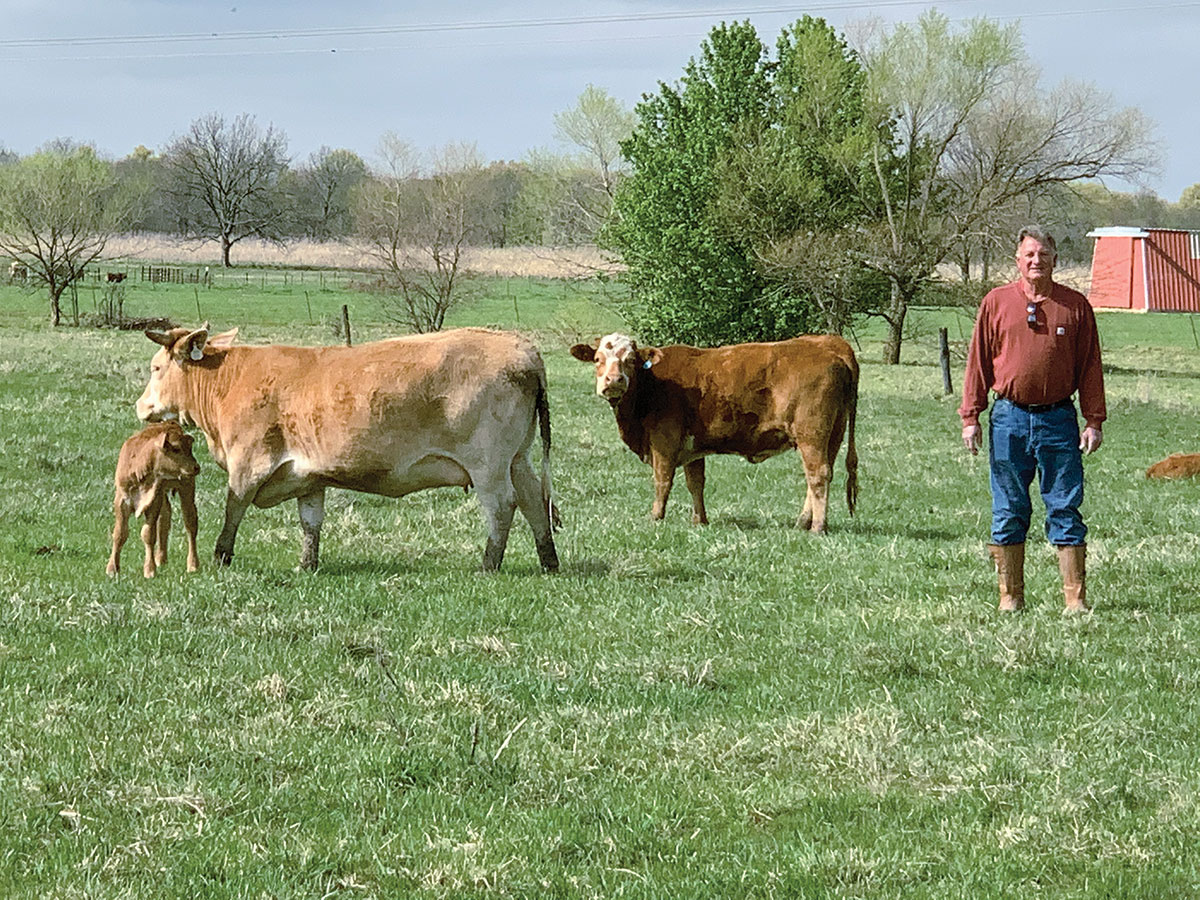
According to an old 18th century saying, ‘A bird in the hand is worth two in the bush.' Doug and Deanna Horinek of rural Dallas County, owners of D & D Quail Farm a few miles from Long Lane, Mo., know something about having a few birds on hand. They run 1,700 ringneck pheasants and over 2,000 quail, Georgia giants and northern bob whites, at any given moment.
The land closest to the house on their 76-acre farm is dotted with flight pens, rearing pens and a large brooder house which is actually a converted hay shed. Doug and Deanna are proud of their operation, put together in the past three years, with additional help from their son, Travis and his family. This is no small project for the couple, both of who still work full time in Springfield.
Doug explained that most of their birds go to hunting preserves. “One of the owners of a local preserve got me started in pheasants. I’ve always loved poultry. When I was a kid, there was an old man in town who raised quail, pheasants and bantam roosters. Every time we went to town, I would end up at his place and by the time I was 12, I was raising my own.
“We started out raising these for our own enjoyment, but in just three years, it’s gotten so big… if it gets much bigger, I’ll get rid of my cattle.” The Horineks currently run a herd of 20 cows, with a bull and 16 calves.
The large pens that dot their farm each cost about $3,000, and like breeders of all types of poultry, they have found the weather to be the greatest challenge. “An ice storm can tear it all down in no time, and kill three-fourths of the birds,” Doug said, explaining further, “We watch the weather reports closely in the winter and herd the birds into the brooder building if an ice storm threatens. Extreme heat can also do you in quick.”
Originally from Atwood, Kan., Deanna admitted they both fell in love with the Ozarks at separate times in their lives, while vacationing in the area years ago. “When we came here to stay, it was clear that this was God’s place for us,” she continued, “in that we came here on a Thursday, not knowing anyone, and we went home to Kansas on the following Sunday with a land contract in our hands.”
It is apparent that it is the love for the birds that keeps them going in this time-intensive alternative farming venture. But their efforts aren't in vain, as the operation has paid greater dividends every year.
For a good example of just how time and labor-intensive this program is, consider one aspect: The peepers. Each of their nearly 2,000 young pheasants must wear a tiny device across their beak called a peeper, which is placed on the birds by hand. These guards are necessary, otherwise they will peck each other to death.
“Each bird requires nine square feet of space, and if you crowd them, that’s another way to lose birds fast,” Doug continued. “Pheasants are like hogs, they are sloppy and love to dig holes, and wallow in the mud. You do have to watch them closely.”
He and Deanna also explained that although their pens may look unkempt or untidy to the untrained eye, due to weed growth, that is a deliberate part of the process, keeping the birds safe from heat and hail. It is also essential in assuring that the birds maintain their wild ways, and do not become overly domesticated. The bottom sides of their pens are also lined with corrugated metal to protect the birds from ever-present Ozarks varmints, like possums and raccoons.
“We go through two tons of food every three weeks at this time of year, when the pens are full. We buy the base, add corn, soybeans, preventative medications and then grind it all together. We went through 17 tons of feed last year, not counting the starter, but this year we have even more birds, so we’ll see where we end up. Last year we also sold 1,800 chicks, but we didn’t do that this year. Each year is different, but the truth is we love it," Deanna concluded with a laugh.







